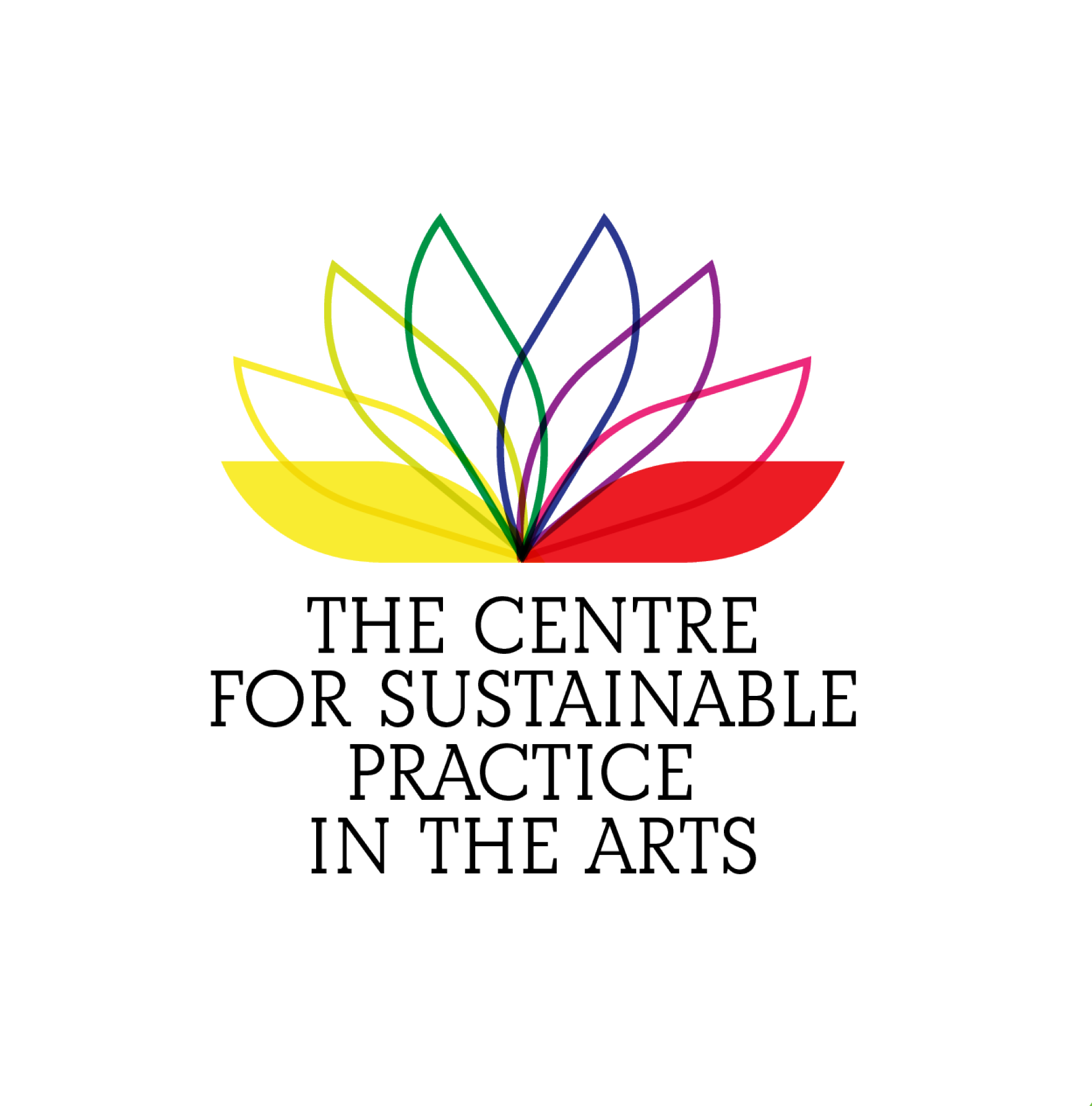Creative Green Tools Canada: Q&A with Devon Hardy of the Centre for Sustainable Practice in the Arts
So many people are trying to be mindful of their environmental impact and doing what they can these days to reduce their carbon footprint, and that goes for artists and arts organizations as well.
Touring shows, putting off festivals, running a busy office - it all makes an impact. But how much? And how do you measure that impact so that you can work in the most environmentally efficient way possible?
Enter Creative Green (CG) Tools. Created in 2009 by Julie’s Bicycle, a UK non-profit that's dedicated to promoting sustainable practices in the arts, the CG Tools are now used by over 5,000 organizations in 50 countries worldwide. They're a free set of carbon calculation and reporting tools that lets arts and culture organizations across disciplines record, measure and understand the impacts of their venues, offices, tours, productions and more.
We're thrilled to have Devon Hardy, the Creative Green Tools Canada Program Director with the Centre for Sustainable Practice in the Arts, lead a free online information session for us on May 8, so that those working in the local arts and culture sector can learn more about how to implement these tools. (Click here to learn more about and register for the information session “Creative Green Tools Canada”.)
We caught up with Devon to gain some insight ahead of her session.
Devon Hardy
Business & Arts NL: If they're not using them already, why should arts organizations consider incorporating Creative Green Tools into their processes? Are these tools more beneficial for larger organizations, or can they be adapted and used by smaller organizations, or individual artists, as well?
Devon Hardy: The CG Tools are a really great first step towards taking action on climate change. After all, what you can measure, you can manage. After you have started measuring your carbon footprint, you can strategically target and reduce your biggest emission sources and track your progress over time. They are best suited for arts organizations (both large and small), but can be used by individual artists as well.
Business & Arts NL: Can you give a few examples of the types of things arts and culture organizations can track and measure through Creative Green Tools?
DH: The CG Tools can track energy and water consumption, waste, freight, materials, all kinds of travel (audience, business, fleet, etc.) and more!
Business & Arts NL: Do you know about how many arts organizations in Canada are currently using Creative Green Tools, and what kind of impact they're having?
DH: The CG Tools have gained almost 900 users since our Canada-wide launch two years ago. It's still too early to be able to track emission reduction trends on a wide scale, but so far, users have noted that using the Tools has improved their climate literacy, as well as their understanding of their environmental impacts. We're excited to see what the future has in store for these users!
The CG Tools are undergoing some major updates and improvements this year, so stay tuned!
Information Session: Creative Green Tools Canada
Date/Time: Wednesday, May 8 from 1-2pm NST
Location: Online via Zoom
Price: Free
Registration: Click here to register for the information session "Creative Green Tools Canada."



